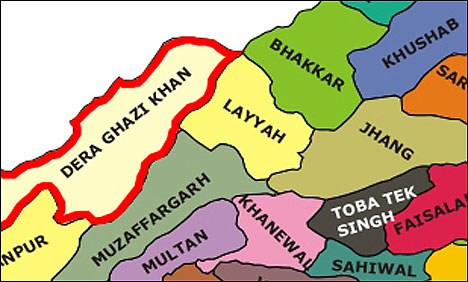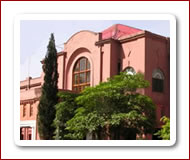| A Brief History of Layyah |
Layyah derives its name from a wild, short stature shrub of fuel wood commonly known as “LAYYAN”/LIE. Paradoxically, it is a wonderful blend of two extremes:
Previously a Tehsil of Muzafargarh, Layyah gained the status of being a district in 1982. The district of Layyah comprises of three tehsils which include Layyah, Chaubara and Karor Lal Eason. District Layyah is situated in the south-west (rather west) of Punjab. In its north, lies the district Bhakkar while to its west flows River Indus. Across the river there is Dera Ghazi Khan which is also a district and division of Punjab. District of Jhang is located in the East and Muzafargarh is located in the south of district Layyah.
This district consists of a semi-rectangular block of sandy land between the Indus and Chenab rivers in Sindh Sagar Doaba. It is also part of the recently established civil division of Dera Ghazi khan. It covers a total area of 6.291 sq kms with a width from East to West of 88 kms and length from North to South of 72 kms. Having the population of 1,121,951, the population density is 178.2 peoples/sq km. At more than 700 kms distance from the Arabian Sea and an average height above the sea level of 1,525 meters, district Layyah falls in the sub-tropical continental plain zone of the climate map of Pakistan. District Layyah is primarily represented by plains. The three main agro-ecological zones are:
According to the 2011 district census the Muslim population is by far the largest religious group comprising of 98.7% of the population followed by Christians who are hardly 1% of the population and are equally spread among the urban and rural area locations. Saraiki and Punjabi are the most common languages whereas, some people also speak Pashto and Sindhi. On the average the literacy rate in the district is 39% which is low as compared to the provincial and national literacy rates which are 46.6% and 44%, respectively. While a little more than half the population of 10 years and above age is literate, less than one fourth of this category are females. |



